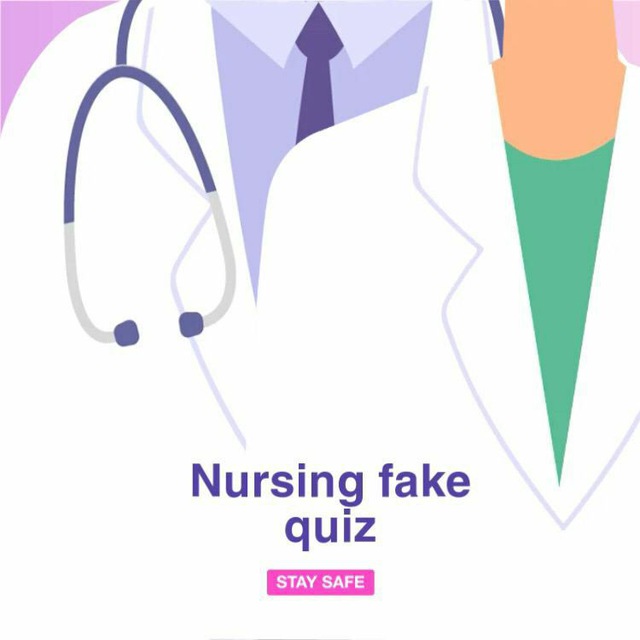Checking respiratory status
1- Shortness of breath:
A common symptom of cardiopulmonary disease
Sudden: in obstructive pneumothorax, allergic reaction and MI
Sudden in an immobile patient: pulmonary embolism
Orthopnea: shortness of breath while sitting:
heart disease and copd
2- Cough
dry cough due to irritation of the upper respiratory system; Infectious and viral disease
Whooping cough: inflammation of the trachea
Morning cough sometimes with phlegm: bronchitis
Cough at night: right heart failure or bronchial asthma
3- Vising
Musical wheezing sound with a high tone when inhaling (bronchitis) when exhaling (asthma)
It occurs when air passes through narrow airways
Wheezing on exhalation: COPD
4- Hemoptysis
Common blood sputum in cardiovascular disease
Pulmonary blood: bright red alkaline, dirty floor
Stomach blood: dark acidic
Cause of hemoptysis: lung infection, lung cancer, infarction or pulmonary embolism, bronchiectasis, pulmonary tuberculosis and cystic fibrosis
5- The color of sputum
Abundant and purulent: bacterial
Pink: Tumor
A lot of swollen and pink feet: Edema
Frequent hypomucosal: viral infection
Bad smell: lung abscess and bronchiectasis
Execution: pneumonia
6- Chest pain
Pleuritic pains caused by inflammation of the parietal pleura are very sharp and similar to stabbing and are caused by breathing
The patient feels comfortable when he is on the affected side
7- Clubbing
Clubbed fingers
In chronic infections of the heart, lung cancer and prolonged hypoxia occur
Clubbing is a sign of long-term central cyanosis
8- Cyanosis:
When 5 grams per deciliter of hemoglobin lacks oxygen
Central cyanosis: reduction of arterial oxygen pressure: change in the color of the mucous membrane of the lips and tongue
Peripheral cyanosis: reduction of blood flow to a specific area
due to vasoconstriction or cold (nail bed)
https://t.me/NursingFakeQuiz
#breathing
